In this throwback history article, we’ve tried to look back into how some of the earliest Linux distributions evolved and came into being as we know them today.
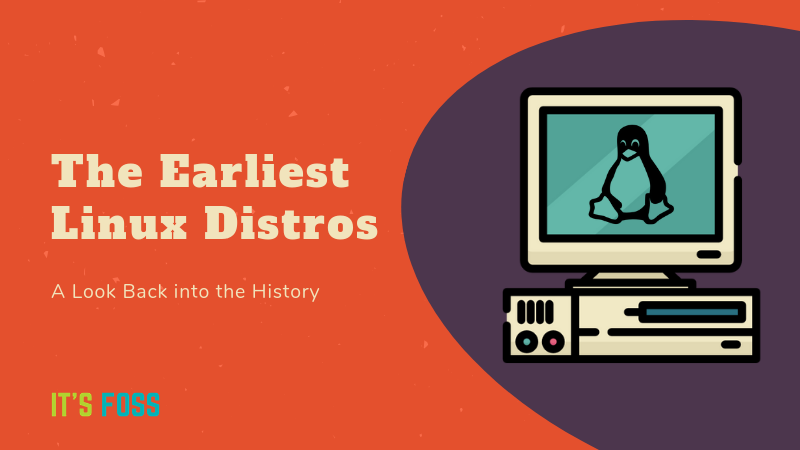
In here we have tried to explore how the idea of popular distros such as Red Hat, Debian, Slackware, SUSE, Ubuntu and many others came into being after the first Linux kernel became available.
As Linux was initially released in the form of a kernel in 1991, the distros we know today was made possible with the help of numerous collaborators throughout the world with the creation of shells, libraries, compilers and related packages to make it a complete Operating System.
1. The first known “distro” by HJ Lu
The way we know Linux distributions today goes back to 1992, when the first known distro-like tools to get access to Linux were released by HJ Lu. It consisted of two 5.25” floppy diskettes:

- LINUX 0.12 BOOT DISK: The “boot” disk was used to boot the system first.
- LINUX 0.12 ROOT DISK: The second “root” disk for getting a command prompt for access to the Linux file system after booting.
To install 0.12 on a hard drive, one had to use a hex editor to edit its master boot record (MBR) and that was quite a complex process, especially during that era.
Feeling too nostalgic?
You can install
2. MCC Interim Linux
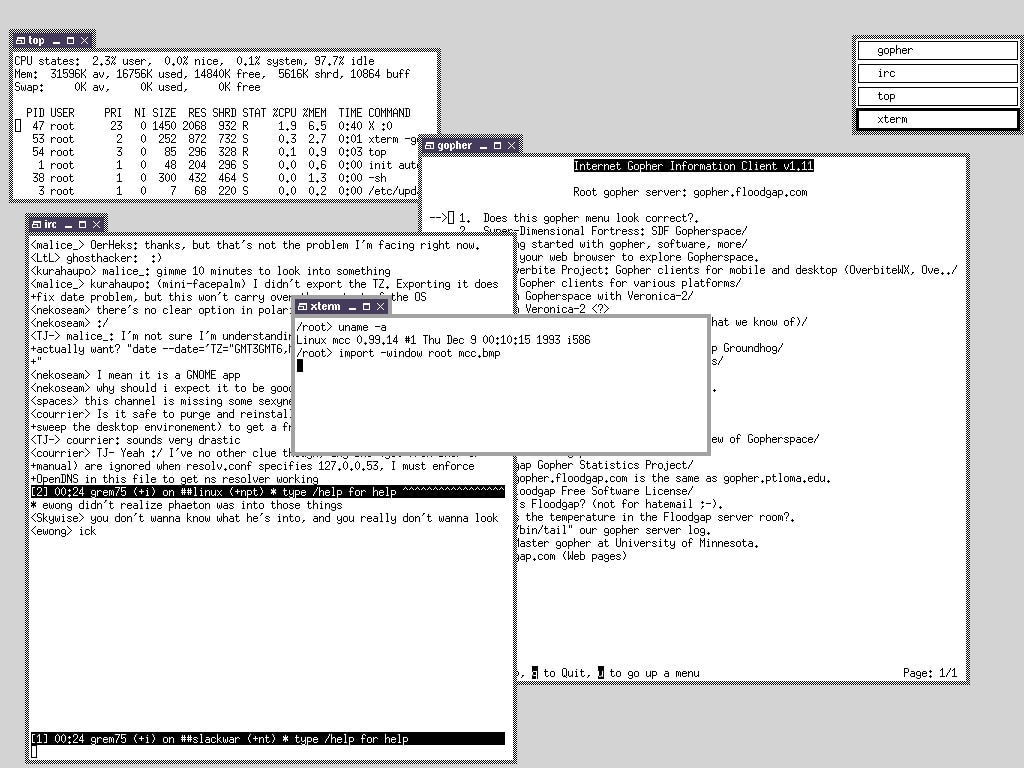
Initially released in the same year as “LINUX 0.12” by Owen Le Blanc of Manchester Computing Centre in England, MCC Interim Linux was the first Linux distribution for novice users with a menu driven installer and end user/programming tools. Also in the form of a collection of diskettes, it could be installed on a system to provide a basic text-based environment.
MCC Interim Linux was much more user-friendly than 0.12 and the installation process on a hard drive was much easier and similar to modern ways. It did not require using a hex editor to edit the MBR.
Though it was first released in February 1992, it was also available for download through FTP since November that year.
3. TAMU Linux
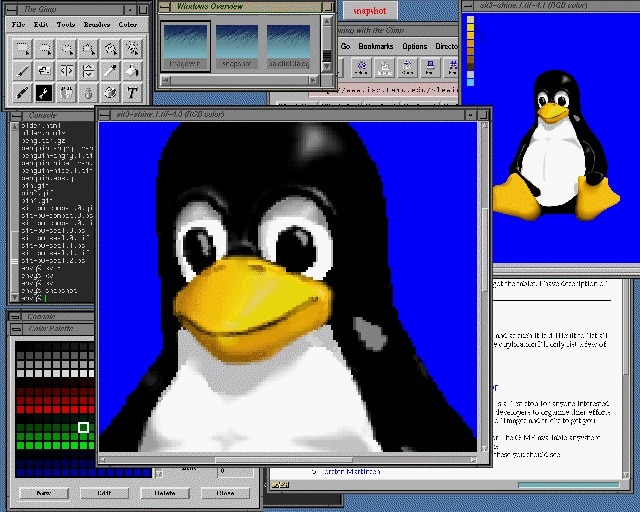
TAMU Linux was developed by Aggies at Texas A&M with the Texas A&M Unix & Linux Users Group in May 1992 and was called TAMU 1.0A. It was the first Linux distribution to offer the X Window System instead of just a text based operating system.
4. Softlanding Linux System (SLS)

“Gentle Touchdowns for DOS Bailouts” was their slogan! SLS was released by Peter McDonald in May 1992. SLS was quite widely used and popular during its time and greatly promoted the idea of Linux. But due to a decision by the developers to change the executable format in the distro, users stopped using it.
Many of the popular distros the present community is most familiar with, evolved via SLS. Two of them are:
- Slackware: One of the earliest Linux distros, Slackware was created by Patrick Volkerding in 1993. Slackware is based on SLS and was one of the very first Linux distributions.
- Debian: An initiative by Ian Murdock, Debian was also released in 1993 after moving on from the SLS model. The very popular Ubuntu distro we know today is based on Debian.
5. Yggdrasil
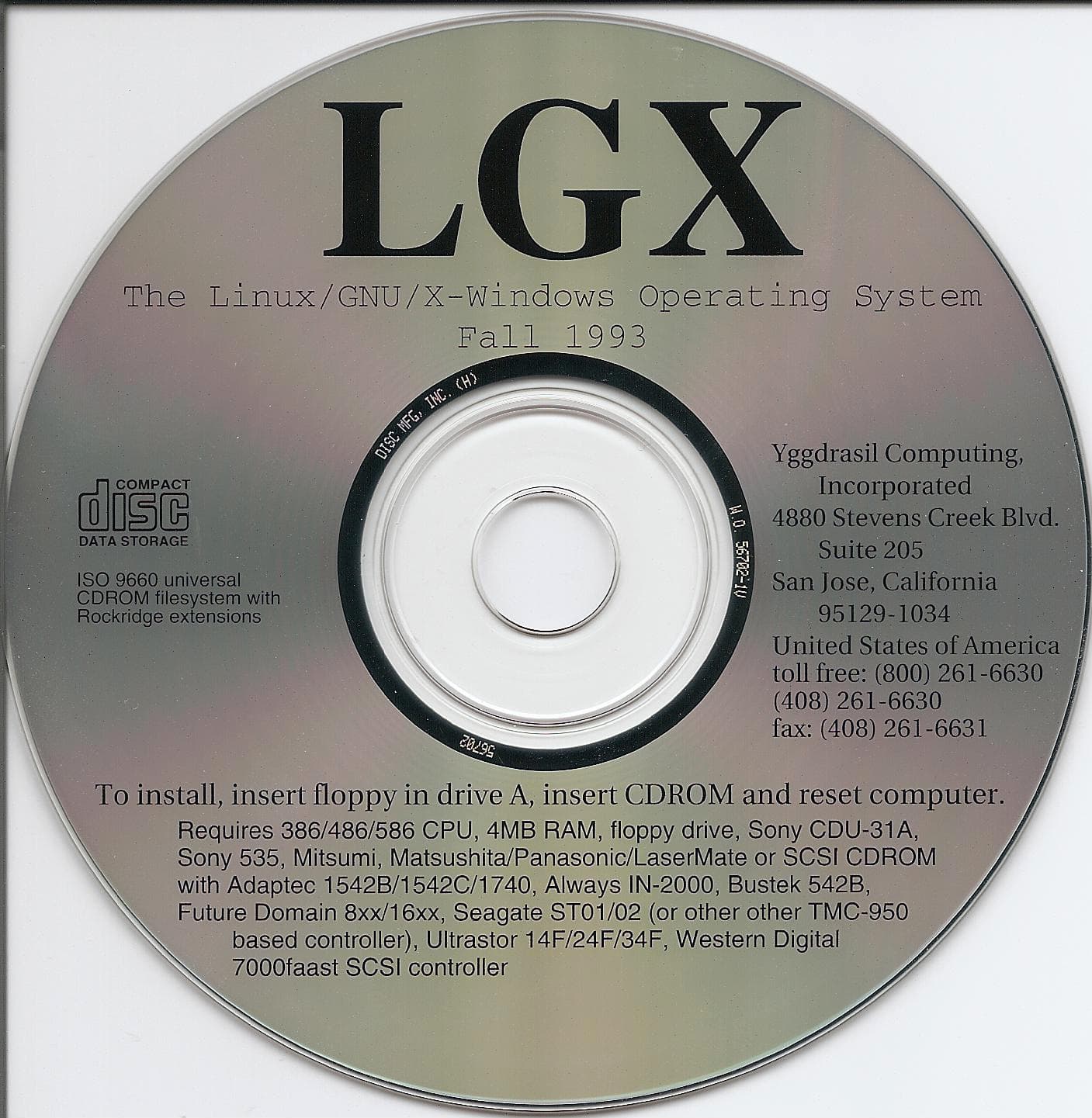
Released on December 1992, Yggdrasil was the first distro to give birth to the idea of Live Linux CDs. It was developed by Yggdrasil Computing, Inc., founded by Adam J. Richter in Berkeley, California. It could automatically configure itself on system hardware as “Plug-and-Play”, which is a very regular and known feature in today’s time. The later versions of Yggdrasil included a hack for running any proprietary MS-DOS CD-ROM driver within Linux.
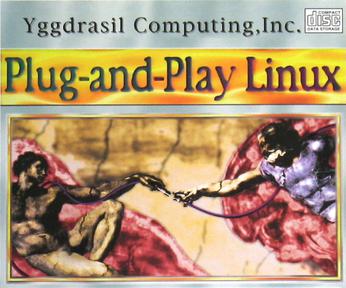
Their motto was “Free Software For The Rest of Us”.
In the late 90s, one very popular distro was Mandriva, first released in 1998, by unifying the French Mandrake Linux distribution with the Brazilian Conectiva Linux distribution. It had a release lifetime of 18 months for updates related to Linux and system software and desktop based updates were released every year. It also had server versions with 5 years of support. Now we have Open Mandriva.
If you have more nostalgic distros to share from the earliest days of Linux release, please share with us in the comments below.

